Crossover at Carus
5 Recommendations from Klaus Brecht
Klaus Brecht is a passionate choral director, voice coach, and adjudicator. He has been working with Carus for many years. As the editor of our very successful chorissimo! series for singing at school, he has applied his vast knowledge to help train the singers of tomorrow. For adult choirs, he has produced, among other things, the Carus choral collection Weihnachtslieder (Christmas Carols). We asked him to select some highlights from our exciting “Crossover” program. Read on to make some great discoveries!
1. Martín Palmeri (*1965): Nisi Dominus. Psalm 127
With this composition, Martín Palmeri joins the ranks of famous predecessors such as Monteverdi, Schütz, Handel, and others who, in a style appropriate to their age, have set this pilgrimage psalm to music – “für das Lebensglück als eine Gabe Gottes” (“for joy as a divine gift of God”). Palmeri’s new work captivates with its tonal contrasts and brilliant scoring. The first movement features melodic, quietly lyrical passages alternating with those of great sonic power. Particularly stirring are the deep hammer blows on the piano. After an intimate second movement, the third begins with a virtuosic fugal theme running through all the voices, before we suddenly leap into South American rhythms and the piece draws to a scintillating close.
Clearly the composer has taken great care to ensure that all voices enjoy equal weight and are given melodies to sing, while the vocal ranges are comfortable for choir singers. Palmeri is certainly worth discovering!
2. Bobbi Fischer (*1965): Missa latina
Bobbi Fischer’s composition is a crossover piece in two ways: on the one hand, it opens with an homage to Bach’s Mass in B minor, namely with three Kyries as supplication and a fugato by the choir, before we quickly transition into the sounds and rhythms of the modern world. On the other hand, it is also a “go across” in the sense of crossing the Atlantic – a leap from the Old to the New World.
The idea of combining traditional forms of European music with the musical idioms of South America runs through the whole work. In the New World we encounter elements of Argentine tango, Caribbean rhythms, Latin jazz, and bolero. The Benedictus is movingly and ravishingly composed as a chamber piece for solo soprano, violin, and bandoneon. And the Dona nobis pacem is sure to give you goosebumps!
3. Wolfram Buchenberg (*1962): Missa ad majorem Dei gloriam
For me, Buchenberg is one of the most accomplished choral composers of our time. The Mass (without Credo) is unique in his extensive œuvre. Commissioned by the Landesakademie Ochsenhausen for the C.H.O.I.R. festival, it was completed in 2013.
The opening of the Kyrie recalls the mood of the choral text “Aus der Tiefe, Herr, rufe ich zur dir” (From the deep, Lord, cried I, Lord to thee). An insistent, pulsating drone rises from the depths to explode in the plea “Herr, erbarme dich” (Lord, have mercy). Filled with the spirit of Christmas, the Gloria describes the appearance of the angel to the shepherds. The choir imitates the pealing of a bell while the big band provides a jazzy dance-like accompaniment. The Sanctus is another great example of Latin flair.
Buchenberg makes brilliant use of various stylistic devices in the four movements of the Mass, including classical passages, symphonic wind music, touches of minimalism, parts that really swing, and much more. All of this is applied very deliberately to illuminate the text. The vocal parts, choir, saxophones, trumpets, trombones, guitar, piano, and percussion are all given equal weight. In this mass, Buchenberg shows himself to be a master not just of scoring but also of balance, repetition, transformation, and surprise. A challenging work that leaves you wanting more.
4. Christoph Schönherr (*1952): Magnificat
Christoph Schönherr composed his Magnificat in 2005. The setting for jazz singer, choir, flute, trumpets, saxophone, flugelhorn, piano, and drums/percussion is both compact and rich. A wide range of styles such as swing, samba, pop, and jazz as well as funky sections give the lyrics a contemporary depth and vibrancy. It’s fascinating to observe the musical communication between soloist and choir. We hear – or better experience – a modern, strong Mary who cries, fights, and rejoices. She is very much a woman of our time, and (consequently) her part is in English. The choir sings the traditional Latin text (really a “dead” language?), which in the central emotional parts – Fecit potentiam, Deposuit potentes, or Dispersit superbos – offers some very lively opinions, also regarding our experiences in today’s world. The piece ends on a positive note with a rousing, danced “Amen” as the final chorus.
The Magnificat has been performed all around the world and I warmly invite all school and amateur choirs to give it a go! You can make a great concert program by combining this work with Schönherr’s Missa in tempore incerto (Carus 27.076).
5. Oliver Gies (*1973) nach Mendelssohn Bartholdy: O Täler weit
A crossover par excellence: some original music by Felix Mendelssohn suddenly transitions into a pop version arranged by Oliver Gies. This is a great etude for jazz choirs aiming to conquer the world of classical music. It also presents a nice challenge for classically-oriented choirs to get a feel for contemporary rhythms and sounds and – in the best case – to experience and enjoy the coolness of a real groove.
In his informative preface to the Carus edition, Oliver Gies urges us to “have fun”. I can’t disagree with that!

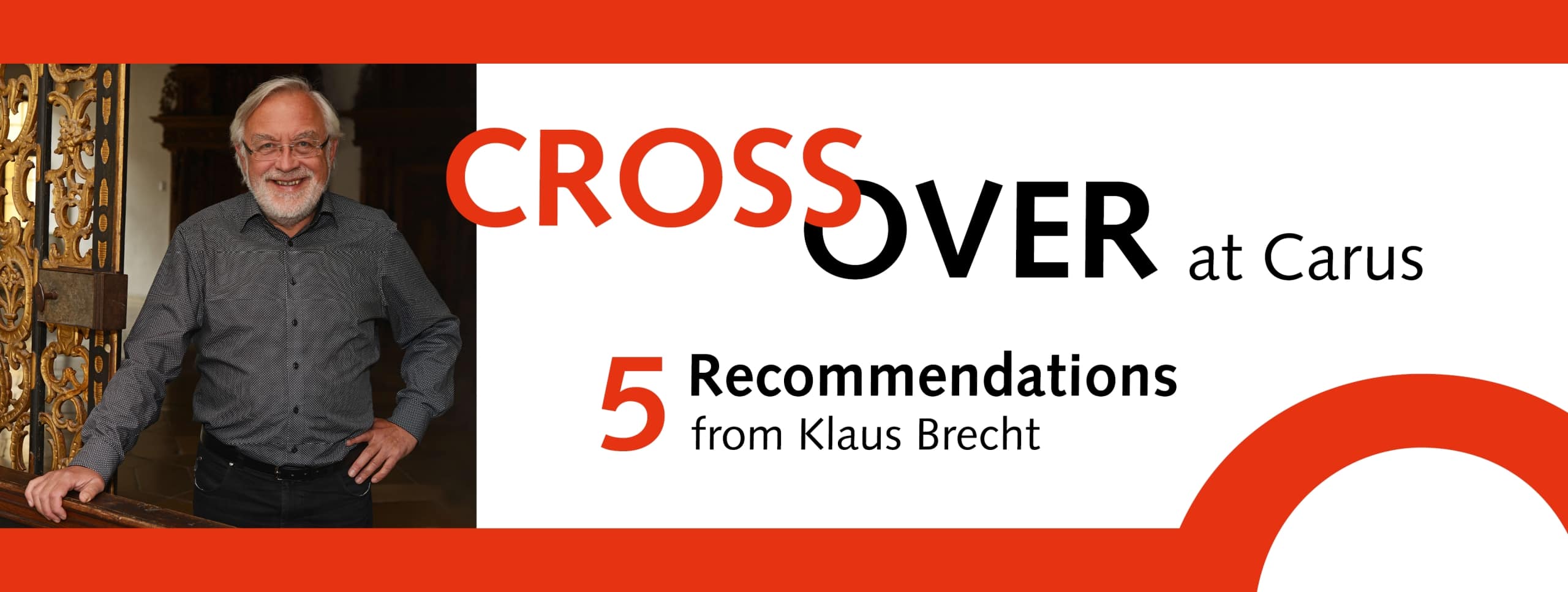
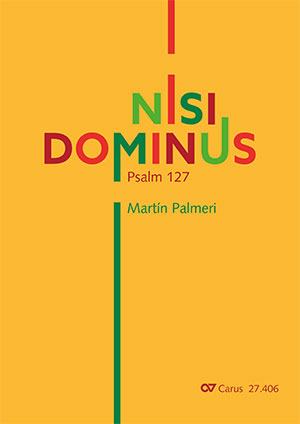
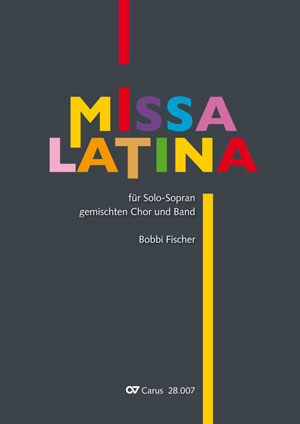
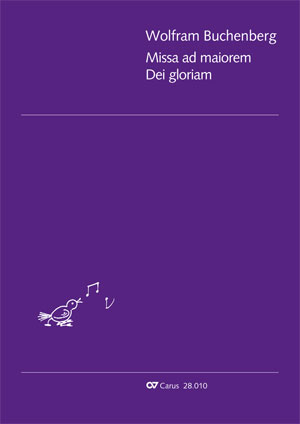

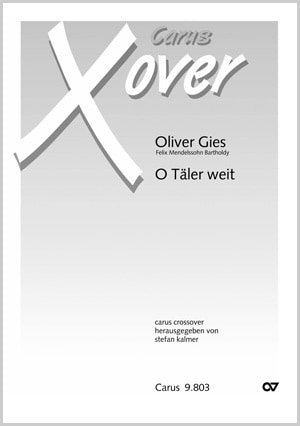


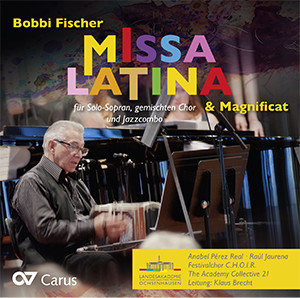
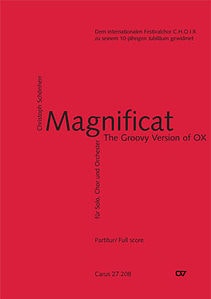
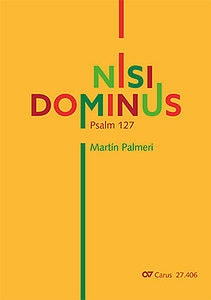
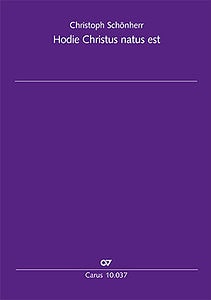

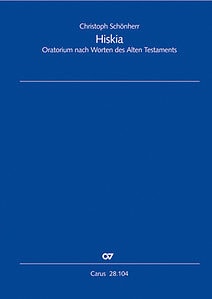
 (c) Hugo Jehle SWR
(c) Hugo Jehle SWR (c) Sven Cichowicz
(c) Sven Cichowicz
Leave a Reply
Want to join the discussion?Feel free to contribute!